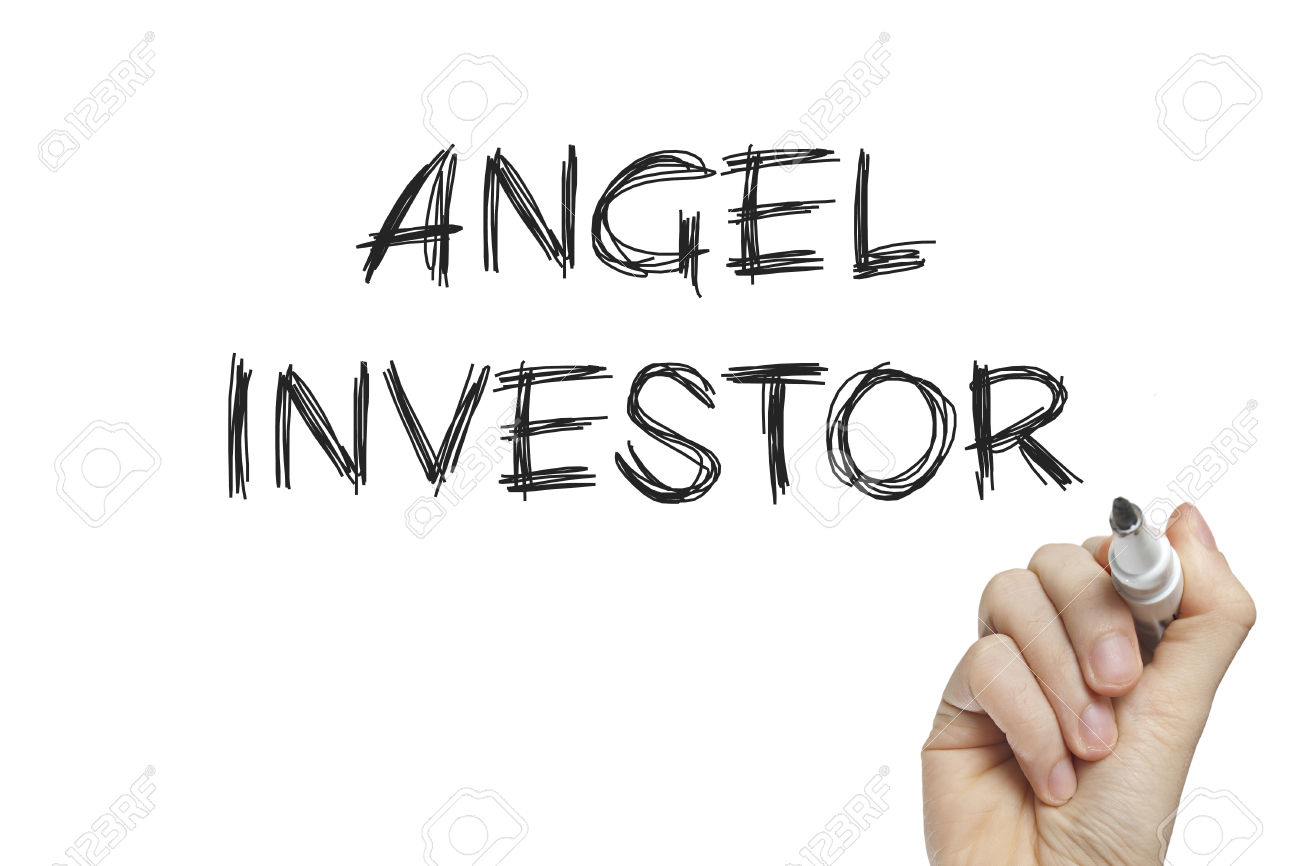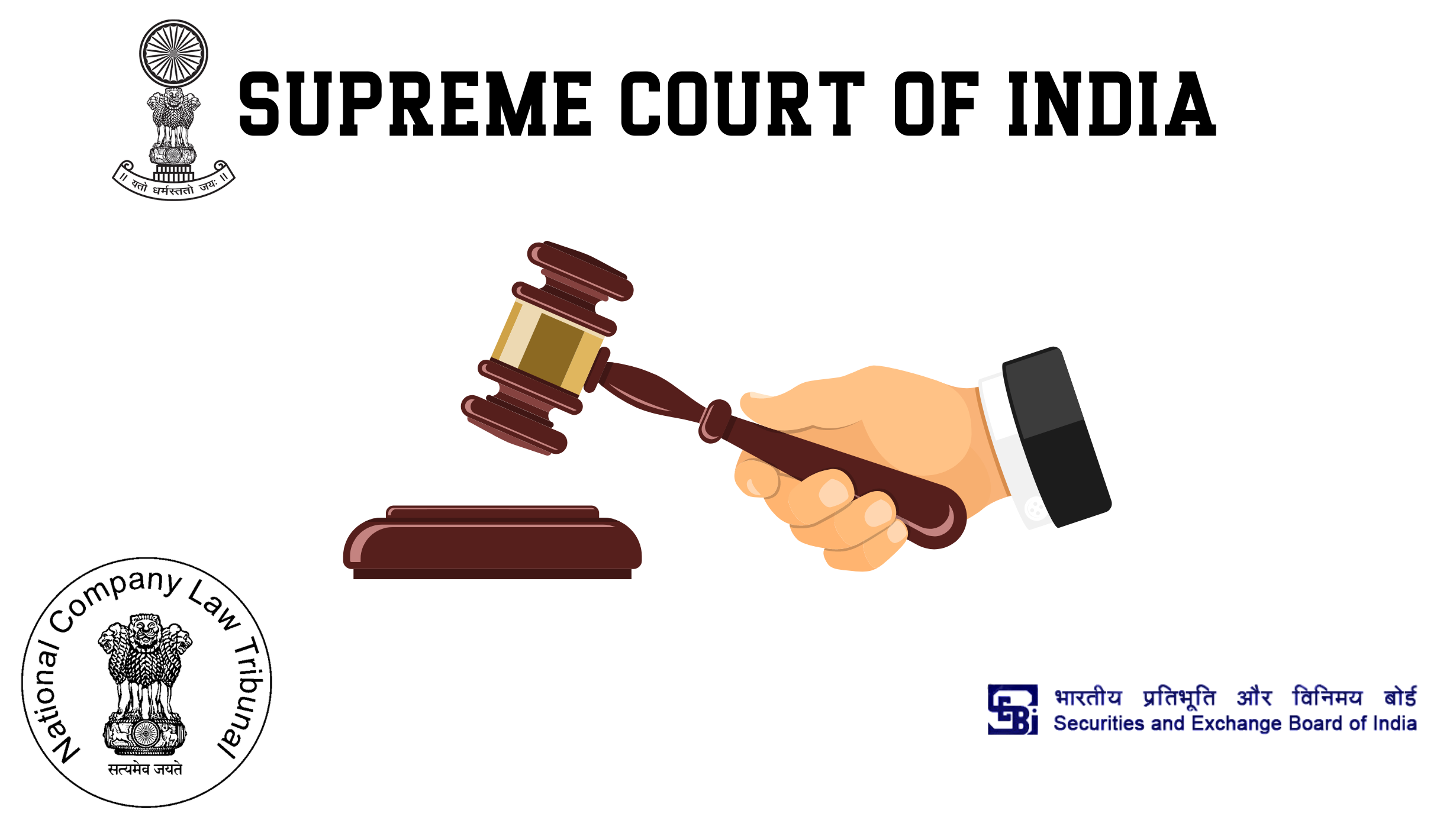To grasp the scale of the challenges facing Chinese leaders in revamping their sprawling and inefficient state-owned enterprises, consider this: The combined revenue of 100-plus government-owned firms, spanning from train makers to banks and power companies, rivals Japan’s entire $4.1-trillion economy.
China’s SOE sector, traditionally a source of political patronage and economic power for the Communist Party, accounts for about 40 percent of China’s industrial assets and 18 percent of total employment, according to Bloomberg Intelligence economists Fielding Chen and Tom Orlik. These government creations are also dragging down growth, with their return on assets in 2015 estimated to be at 2.8 percent, versus 10.6 percent for private sector firms.
Cutting SOEs down to size and improving their profitability is critical to President Xi Jinping and Premier Li Keqiang’s signature economic policy of rebalancing the $10-trillion economy away from an over-reliance on debt-fuelled infrastructure investment and exports to one powered more by services and consumer spending. One strategy has been to embrace mergers – about $1 trillion of asset combinations have been announced since late 2014.
The broad government sector overhaul adds up to a major triage effort, keeping healthy or strategic state firms like banks, energy, and telecoms under tight control while orchestrating supersized consolidation among ailing giants in shipping, cement, and metals to improve efficiency and slash over-capacity. Without a major overhaul, China’s low labour productivity growth – now less than a tenth of European, Japanese and US levels – isn’t likely to improve.
“The outlook for China’s medium-term growth depends on the government’s capacity to reform a sprawling, inefficient state sector,” according to BI’s Chen. “Increasing efficiency doesn’t require wholesale privatisation of major firms. It does require state giants in strategic sectors to slim down and focus on their core competence, opening more space for private firms to compete.”
In the last 20 months, the government has announced SOE deals involving 6.9 trillion yuan ($1 trillion) of assets in what’s shaping up to be the biggest overhaul of state-owned companies since the 1990s.
In August last year, two train makers combined to create a nearly $130-billion behemoth called CRRC Corp. that will help China compete more aggressively for overseas rail deals. Other mergers spanned across energy, agriculture, manufacturing, machinery, shipping and steel-making, representing 10 percent of assets the central government controls through the State-Owned Assets Supervision and Administration Commission, or Sasac.
“The recent push by the central government to quicken reforms is a step in the right direction,” BMI Research, Fitch Group’s research arm, said in a note on August 30. “However, as these reforms require the cooperation of various stakeholders ranging from the provincial governments to individual SOEs and involvement by private companies, we believe that the actual implementation is likely to be gradual.”
Chinese leaders have been trying to place their bloated state-owned industrial conglomerates on a crash diet since the late 1990s when then-premier Zhu Rongji embarked on a shock therapy program of massive layoffs, SOE closures, and spin-offs to the private sector.
In 2003, Sasac was established by former Premier Wen Jiabao as the ultimate parent and universal regulator of non-financial SOEs, with 196 central SOEs under its wings. Li Rongrong, the inaugural and longest serving Sasac chairman, vowed in the same year to reduce the number of central SOEs to 100 by 2010 -a goal that’s yet to be achieved.
Sasac didn’t immediately respond to a request for comment.
While there are far fewer SOEs than back in 2003, the government-controlled entities are bigger as a group in terms of assets and still woefully inefficient, according to Nicolas Lardy, a senior fellow at the Peterson Institute for International Economics.
“From around 200 companies [in 2003] to 113 companies [in 2014], the return just went steadily down,” said Lardy in a phone interview. “It’s been in my judgment a colossal failure.”
Beijing is showing no sign of abating the consolidation, let alone rethinking its strategy.
A potential tie-up between Shenhua Group, China’s biggest coal producer, and China General Nuclear Power, the country’s biggest nuclear power operator, for instance, would give birth to a company of over 1 trillion yuan in assets.
Li Jin, chief researcher at China Enterprise Institute, estimates the total number of Sasac-regulated central SOEs will be reduced to 80 from the current 104 by 2020. Xie Weiyu, the senior strategist at SWS Research, estimates there will be five additional mergers involving 10 central SOEs in the second half of this year. Steel, coal, and power are among the most vulnerable industries, Xie said.
The steel sector is ripe for consolidation. There are over 500 steel mills in China, of which 34 are publicly listed, according to the Ministry of Industry and Information Technology.
Nations including the US and India imposed 85 new duties and other taxes on steel imports in the first half this year as China, the world’s biggest steelmaker, exported a record amount of the metal amid a glut at home.
Plans are under way to combine the nation’s two largest steelmakers: Shanghai-based BaoSteel Group Corp. and Wuhan Iron & Steel Co, located in central China’s Hubei province. The combined firms, Xie said, could then acquire and downsize other smaller, underperforming steel mills, and thus paring overcapacity.
One big question going forward is whether the government is truly willing to give up control over a broad swath of the economy – or relinquish the power that goes with it.
Back in 2013, President Xi began to push for an SOE revamp and the expectation among some economists was that market forces would drive the reform drive. Then Xi launched his anti-corruption campaign, rounded up hundreds of senior Party officials including heads and former heads of some of the biggest SOEs.
Jiang Jiemin, former head of Sasac that helped implement SOE reforms, was arrested in 2013 for crimes committed while serving as head of China’s biggest oil and gas producer China National Petroleum Jiang was handed 16 years in prison last year for taking bribes and abuse of power.
In some cases, the Party is tightening, not loosening, its grip over government enterprises. Following Xi’s calls for stronger and improved leadership of the Party over SOEs, state-owned car-maker FAW Car Co, fiber producer Sinoma Science & Technology Co and miner Tibet Mineral Development Co were among the first companies to modify their bylaws to give the Communist Party more oversight of management decisions. Many SOEs have since followed.
“The bottom line is such reforms have to reinforce the Party, not weaken it,” said Willy Wo-Lap Lam, adjunct professor at the Center for China Studies at the Chinese University of Hong Kong. “To think that the Party would give up control in exchange for a bigger market role would reflect a lack of understanding of Party history.”
Despite the pressure to turn around, there are about 50 or so “too-big-to-fail” state enterprises in energy, technology, and a defense that are deemed to be so strategic that they will continue to receive generous government support, according to Lin Boqiang, director of Xiamen University’s energy economics research center.
For the rest, Xi’s SOE makeover will be a gradual process with progress coming in fits and starts. Combine two inefficient firms doesn’t necessarily create a healthy one without some forceful leadership to eliminate overlap and excess capacity, as could be the case in the steel industry.
“When you combine BaoSteel and Wuhan Steel, two companies thousands of kilometres apart, I’m not sure what they could do together that they couldn’t do separately,” according to Lardy.
Recent Articles on M&A
Source: Business-Standard




